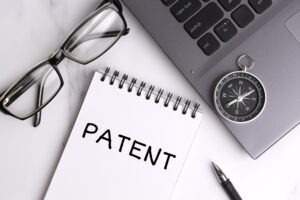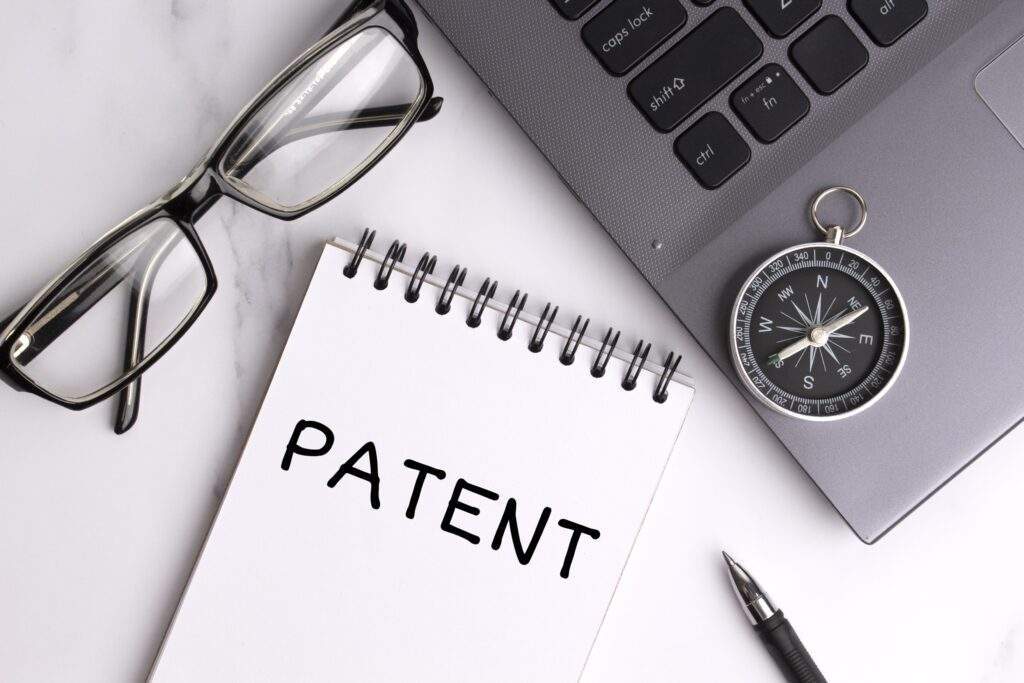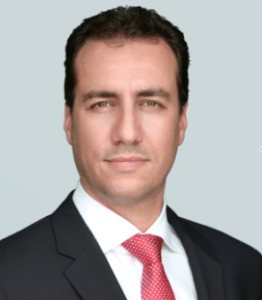In the United States, securing a utility patent is a critical step for inventors and companies looking to protect their innovative products or processes. Understanding the requirements for utility patent protection is essential for anyone navigating the complex landscape of intellectual property. In this blog, we will explore the key criteria and processes involved in obtaining a utility patent in the U.S., ensuring that innovators can effectively safeguard their inventions. The keyword for this blog, which we will focus on, is “Utility Patent Requirements.”
Understanding Utility Patents
Before delving into the specific requirements, it’s important to understand what a utility patent is. In the United States, a utility patent is granted to inventors who create a new, useful process, machine, article of manufacture, or composition of matter, or any new and useful improvement thereof. Unlike design patents, which protect the aesthetic aspects of an item, utility patents focus on the way an invention is used and works.
1. Novelty
One of the primary utility patent requirements is novelty. An invention must be new and not previously known. This means it cannot be part of the existing body of public knowledge (referred to as “prior art”) in its field. Prior art includes anything that has been publicly disclosed, published, or patented, both within the U.S. and internationally, before the date of the patent application.
2. Non-Obviousness
Another critical requirement is non-obviousness. The invention must not be obvious to a person having ordinary skill in the art to which the invention pertains. This requirement ensures that the patent system rewards only those inventions that represent a significant advancement over existing products or processes.
3. Utility
As the name suggests, utility patent requirements dictate that the invention must be useful. This means it must have a practical purpose and be operable. The utility requirement is generally easy to satisfy, but it prevents the patenting of inventions that are speculative or not functionally complete.
4. Enablement

Utility Patent Requirements – L.A. Tech and Media Law Firm – Beverly Hills Patent Attorney – Los Angeles Patent Lawyer – Santa Monica Patent Law Firm
The patent application must enable any person skilled in the relevant field to make and use the invention. This is achieved by providing a detailed description of the invention in the patent application, including how it is made and used. The description must be clear enough to allow others in the field to replicate the invention without undue experimentation.
5. Claim Definiteness
The claims of a patent application define the boundaries of patent protection. The utility patent requirements stipulate that these claims must be clear and definite. They should distinctly point out and distinctly claim the subject matter which the inventor regards as the invention.
6. Written Description
The written description requirement involves providing a detailed description of the invention in the patent application. This description must be sufficient to demonstrate that the inventor was in possession of the claimed invention at the time of filing and to show how to make and use the invention.
7. Best Mode
The inventor is required to disclose the best mode of carrying out the invention known to them at the time of filing the application. This requirement ensures that the public receives the benefit of the inventor’s preferred embodiment of the invention.
Navigating the Patent Application Process
Understanding and meeting these utility patent requirements is just the first step. The patent application process involves several stages, including preparing and filing an application with the United States Patent and Trademark Office (USPTO), responding to any objections or rejections from patent examiners, and potentially amending the application to overcome such rejections.
Conclusion: The Importance of Expert Guidance
Navigating the utility patent requirements and application process can be complex and challenging. It’s crucial for inventors and companies to seek expert legal guidance to ensure that their patent applications are robust and compliant with all necessary criteria.
For those looking to protect their inventions under U.S. patent law, understanding these utility patent requirements is essential. With the right approach and expert assistance, securing a utility patent can provide valuable protection for your innovative products and processes, giving you a competitive edge in the market.
Written by: Patent and Startup Attorney, David Nima Sharifi, Esq.


